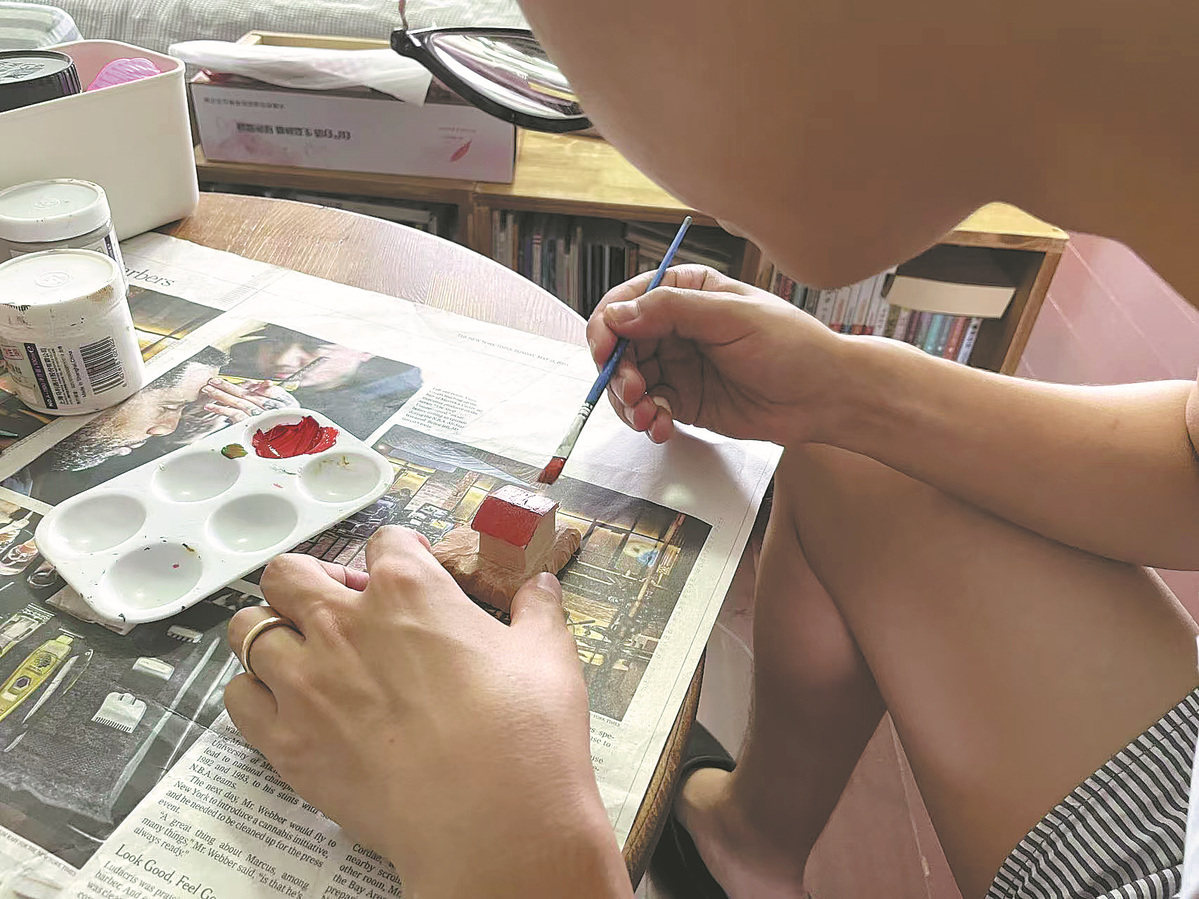Amateur artisans find their groove with woodwork
Young people add creative twists, rewarded by tradition of furniture making


Test of patience
Like Wu, Hu Jie also had no formal training.
He studied business management at university, cycled through jobs in sales, auditing, finance and platform operations before landing in consulting.
His closest brush with craftsmanship had been assembling Ikea furniture.
Hu's early attempts at making furniture were not without challenges. Using a low-powered electric screwdriver given to him by a friend, Hu found assembling sturdier furniture to be laborious and time-consuming.
"Every evening after work, I'd spend hours drilling and sanding. The noise worried me. I didn't want to disturb the neighbors, but I pushed on," he said.
Dust, fatigue and the sheer effort often left him questioning if it was worth it.
"But when the pieces finally came together, and I saw them in our home, the satisfaction outweighed the exhaustion," he said.
Over time, Hu's skills evolved. Initially relying on online tutorials for guidance, he later enrolled in a woodworking class at a neighborhood workshop. There, he learned to use professional tools and experimented with various joinery techniques like mortise and tenon, a traditional Chinese method.
"It's a craft of patience," he said, recalling hours spent sanding surfaces smooth with progressively finer grit sandpapers and finishing them with eco-friendly wood oils.
Hu even joined a volunteer project in northeastern Beijing's Miyun district, helping build a wooden pavilion with a local woodworking studio, where he learned how to use professional tools. This experience enabled him to build a bathroom vanity, balcony storage and a living-room console out of wood panels.
























